Between 1948 and 1975, the U.S. Army tested chemical weapons like mustard gas and LSD on American soldiers at Maryland's Edgewood Arsenal facility.
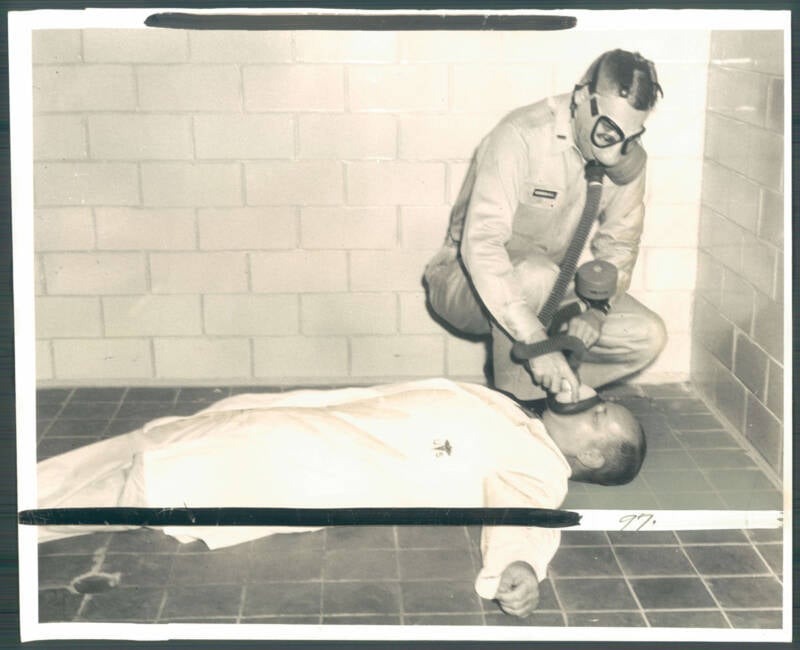
Baltimore SunA chemical weapons test conducted at Edgewood Arsenal in September 1957.
Developed by the Nazis during World War II, sarin is a deadly chemical that can kill in minutes. And for years, the U.S. military secretly tested sarin gas on its own soldiers in a series of classified experiments at Edgewood Arsenal, a government facility in Maryland.
But sarin wasn’t the only lethal chemical weapon used in the human experiments at Edgewood Arsenal. From roughly 1948 to 1975, the Army experimented with multiple chemical warfare agents, exposing around 7,000 soldiers to chemicals like tear gas, mustard agents, and other dangerous drugs.
Soldiers who volunteered for the program were reportedly often misled about what they were signing up for. And after they arrived, many volunteers were administered drugs without being told what they were.
“If they had told me what it did, I never would have taken it,” one test subject said after learning he’d been given LSD.
This is the story behind the nightmarish human experiments the U.S. Army conducted at Edgewood Arsenal.
Human Experiments In The Name Of National Security
Initially, the Army argued that the Edgewood Arsenal experiments were necessary for national security. With the Cold War raging, the military needed to know which chemicals might harm U.S. troops — and also wanted to develop its own chemical weapons to use offensively.
So, for over two decades, the Army tested chemical weapons on volunteer soldiers. Allegedly, the U.S. even consulted the former Nazi scientists who developed chemicals like sarin to help with the experiments.
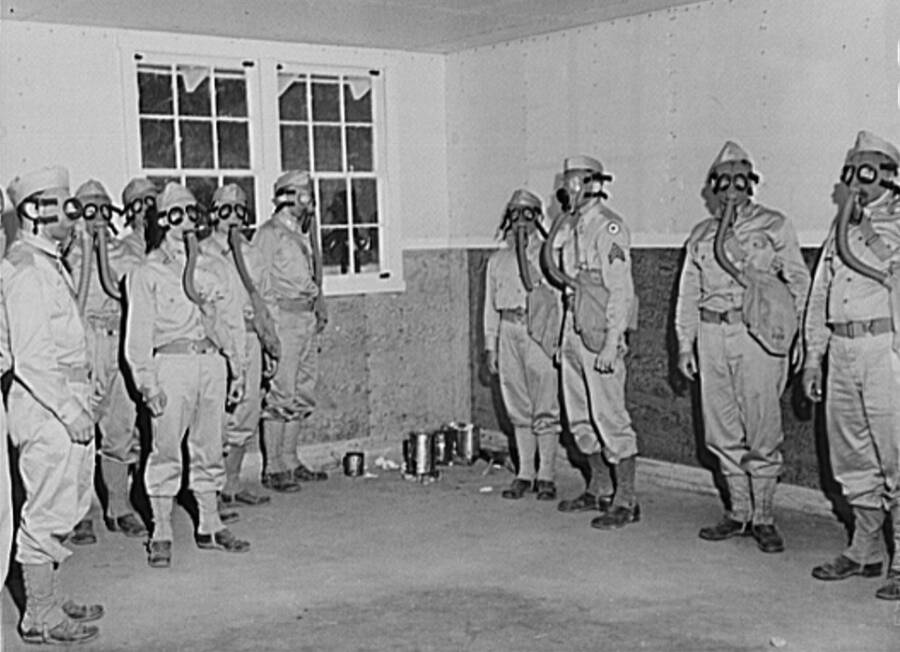
Library of CongressEdgewood Arsenal housed the Chemical Warfare School in World War II, where soldiers tested gas masks. After the war, the Army began conducting human experiments at the facility.
Psychiatrist Colonel James Ketchum, who later became known as “Dr. Delirium,” joined Edgewood in the 1960s, spearheading its mind-altering drug tests as the head of psychochemical research. A zealous defender of the experiments until his death in 2019, Ketchum insisted that the chemical weapons they were testing were more humane than traditional weaponry and were a necessary precaution during the Cold War.
“We were in a very tense confrontation with the Soviet Union, and there was information that was sometimes accurate, sometimes inaccurate, that they were procuring large amounts of LSD, possibly for use in a military situation,” Ketchum said, as reported by the New Yorker.
L. Wilson Greene, the scientific director at Edgewood, argued that chemical warfare could lead to fewer casualties on the battlefield.
“Throughout recorded history, wars have been characterized by death, human misery, and the destruction of property; each major conflict being more catastrophic than the one preceding it,” Greene wrote in 1949. “I am convinced that it is possible, by means of the techniques of psychochemical warfare, to conquer an enemy without the wholesale killing of his people or the mass destruction of his property.”
But despite these intentions, Edgewood Arsenal’s critics say the experiments — and the manner in which Ketchum and his team conducted them — were far from “humane.”

U.S. ArmyFilms made by the U.S. Army demonstrated the effects of chemical weapons and drugs on soldiers.
The Soldiers Recruited For Edgewood Arsenal’s Human Experiments
The Army claimed that soldiers volunteered for the project. But the truth was more complicated.
“They were told that they were going to be testing army equipment,” Nick Brigden, director of the documentary Dr. Delirium and the Edgewood Experiments, told The Guardian. “There was no mention of drugs.”
After shipping out to Maryland, the soldiers were pressured into dangerous experiments.
“Once they got into Edgewood, from what I’ve heard from these vets, they were threatened with court martials if they didn’t participate,” said Brigden, who interviewed Edgewood Arsenal veterans for his documentary.
Officially, the Army told a different story. The Armed Forces Medical Policy Council decided in the early 1950s that without human volunteers, the project could not continue, according to research by the National Center for Biotechnology Information. So the Council authorized using soldiers in the medical experiments.
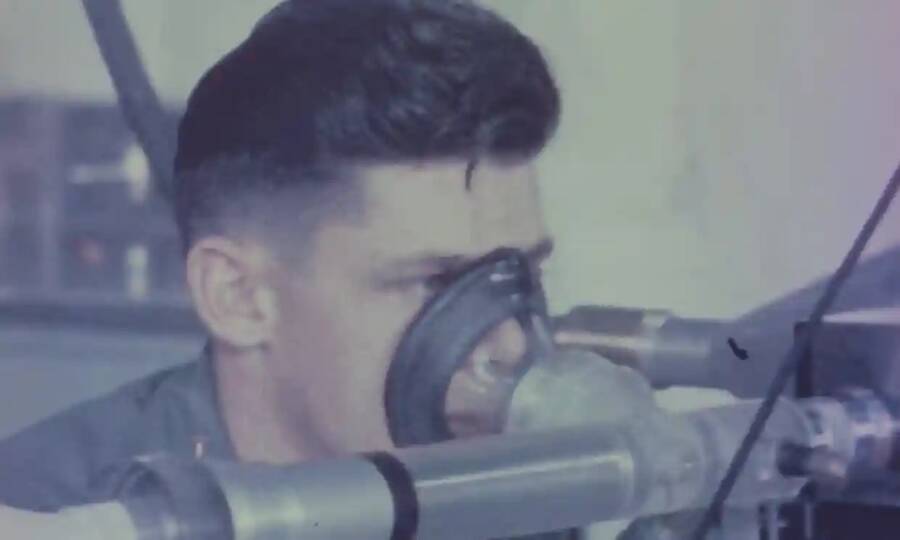
US ArmyA soldier inhaling Agent BZ, a dangerous chemical, during a test at Edgewood Arsenal.
The Army later claimed that all participants voluntarily consented and received a full briefing on the tests. But the veterans who had participated in the tests disagreed.
“They told me it would be like taking aspirin,” one test subject told the Baltimore Sun. But the drug tests he endured left him suicidal for years.
“The fact that they were allowed to do it without people who knew what they were doing was very, very scary,” a physician named Mark Needle told the New Yorker. “There was no humanity in it. There was no morality in it.”
Testing Chemical Weapons On Soldiers
What did the tests at Edgewood Arsenal look like? L. Wilson Greene, the director at Edgewood Arsenal, had a specific type of reaction that he wanted to see.
“The symptoms which are considered to be of value in strategic and tactical operations include the following,” he wrote. “Fits or seizures, dizziness, fear, panic, hysteria, hallucinations, migraine, delirium, extreme depression, notions of hopelessness, lack of initiative to do even simple things, suicidal mania.”
As a result, the volunteers took drugs that rendered them terrified and debilitated, including dangerous toxins like sarin and Agent BZ. Researchers also gave the soldiers doses of LSD and PCP to test their reactions.
In some experiments, doctors dripped deadly chemicals on the arms of volunteers to see how they reacted. In others, men popped pills without knowing exactly what they contained. Some men went temporarily blind during the tests or tried to harm themselves. Some experienced hallucinations that lasted for days.
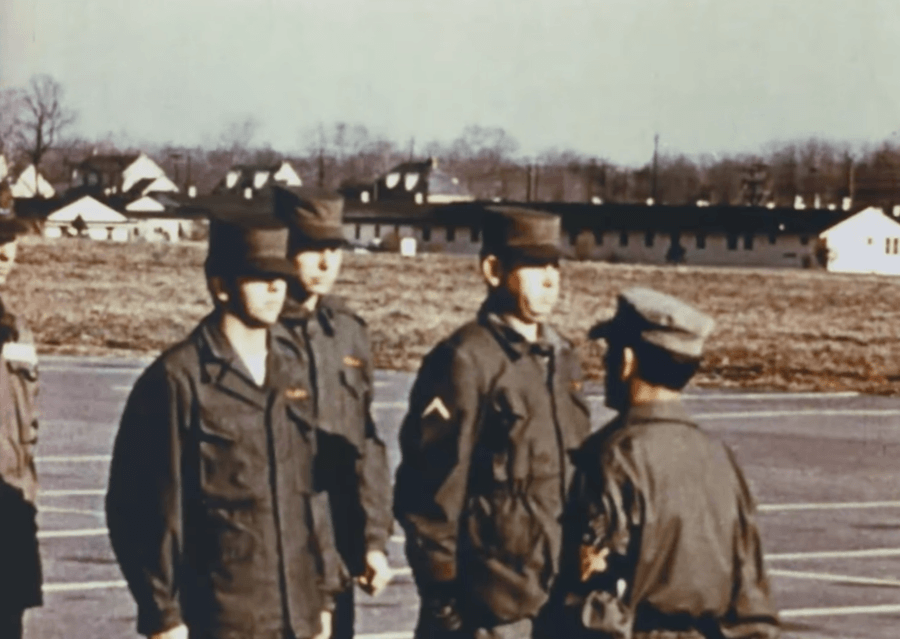
US National ArchivesA U.S. Army film from around 1960 demonstrated the effects of LSD on troops by drilling a unit before and after they were administered the drug.
The tests left some volunteers hospitalized. When psychotropic drugs left one soldier paranoid even after the dose wore off, he spent six weeks in the hospital.
The Horrific Impacts Of The Edgewood Drug Tests
Perhaps the most dangerous chemical the Army experimented with was sarin. In one year of sarin tests, seven technicians required immediate medical treatment after they were accidentally exposed to the chemical, and birds passing over the gas chambers’ flues following sarin tests dropped dead and regularly had to be removed from the facility’s roof.
The healthy volunteers who were administered the toxic chemical, meanwhile, had severe reactions, including twitching, vomiting, and struggling to breathe.
In 1961, one Edgewood volunteer named John Ross was administered a nerve agent called soman — and just as he was being injected, he overheard the doctors say the chemical was lethal.
“I started having convulsions,” he later told the New Yorker. “I started vomiting. One of the guys standing over me said, ‘We gave you a little too much.’ They told me to walk it off. I started to panic. I thought I was going to die.”
Ross lived. But for years, he experienced depression and insomnia.
In another experiment, a test subject who’d been administered BZ said he felt he was in danger at Edgewood Arsenal.
“I feel like my life is not worth a nickel here,” he said. “I just don’t feel that I am safe, here, in the house.”
The Aftermath Of Edgewood Arsenal
In 1975, the human experiments at Edgewood Arsenal ended after a Congress investigation exposed the program for its coercive recruiting process and repeated failure to obtain informed consent from volunteers.
But the soldiers who’d been subjected to the experiments felt their effects for decades. Many of them struggled with depression and suicidal ideation. Others suffered from nervous system disorders
“I need to know everything that happened to me because it could give me some peace and fewer nightmares,” a veteran of the Edgewood Arsenal experiments wrote to Dr. Ketchum. And it was far from the only letter of its kind Ketchum received.
“I guess some people find it satisfying to look back and condemn what doctors and others did half a century ago,” Ketchum shot back to another veteran who questioned him. “Especially if it lends itself to sensationalized movies, and entitles them to disability pensions.”
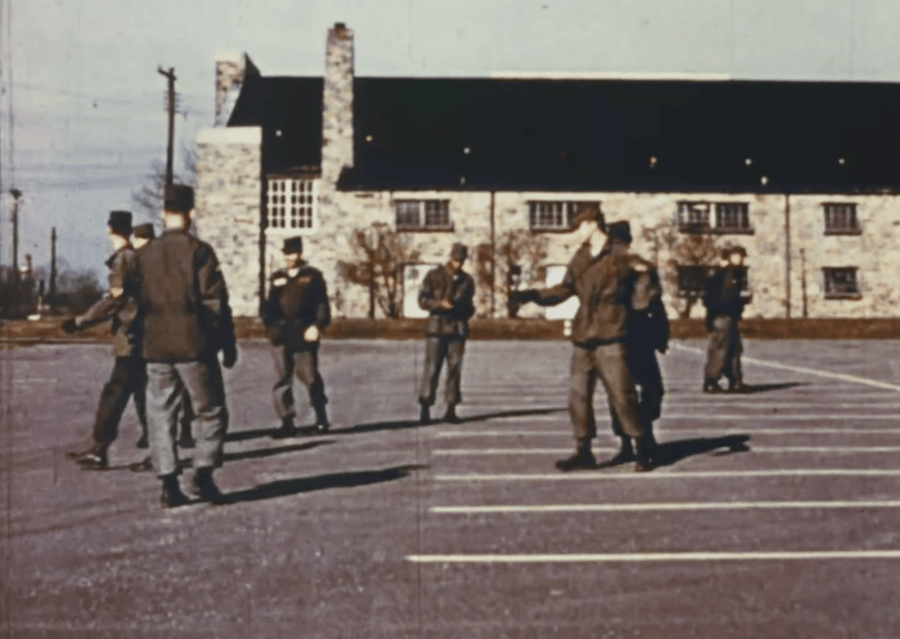
US National ArchivesAfter receiving LSD, the soldiers in an experiment were unable to follow orders.
The Edgewood Arsenal Lawsuit
In 2009, a group of former Edgewood Arsenal volunteers filed a class action lawsuit against the Army, Department of Defense, and CIA. Rather than asking for compensation, the veterans simply wanted to know what drugs they’d received, to be released from their oaths of secrecy, and to gain access to Veterans Affairs medical benefits.
A U.S. District Court ruled in favor of the veterans in 2013. And in 2015, the 9th Circuit Court of Appeals determined that the Army was also required to provide the veterans with medical care related to the experiments.
Over 60 years since the human experiment program at Edgewood Arsenal began, the veterans were still dealing with the lasting effects of the tests they’d undergone. Only now, at least in a literal sense, the Army was finally paying for what they’d subjected them to.
Edgewood Arsenal wasn’t the only top-secret military project that used human test subjects. Next, read about MK-Ultra, the CIA’s brutal Cold War research program. Then, learn about other horrific human experiments performed by the U.S. government.





